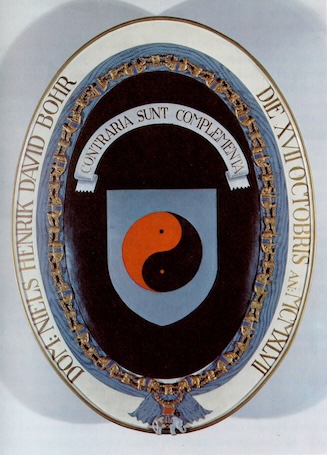Marcia Tiemi Saito
A History of Quantum Mysticism

Niels Bohr’s yin-yang coat of arms reflects his interest in Eastern philosophy.
“Quantum” is everywhere: Since the 1960s, quantum physics has been used in what are often considered unscientific ways in areas far beyond physics and related disciplines, many times emphasizing its alleged inherent mysticism and spiritualism. The widespread popularization of one of the most fundamental physical theories of the twentieth century and its application to contexts for which it was not originally designed, can be considered a genuine cultural phenomenon that has come to be known as “quantum mysticism.” It is part of a socio-cultural movement that originated in the hippie counterculture of the 1960s and 1970s, called “New Age Spiritualism” or “neo-esotericism,” and that resurfaced in the 1980s and 1990s.
Although part of a wider socio-cultural movement, the phenomenon of quantum mysticism also has some of its historical origins in the development of quantum physics itself, in particular in the debates about the measurement problem and their popularizations, and in the influence of Eastern thought and idealistic philosophical currents on physicists such as, among others, Wolfgang Pauli, Niels Bohr, Erwin Schrödinger, David Bohm, and Eugene Wigner. This project will investigate historical elements in the circulation of ideas about quantum physics, disseminated in part by the physicists themselves, that may have fueled and influenced the emergence and development of the cultural phenomenon of quantum mysticism.
